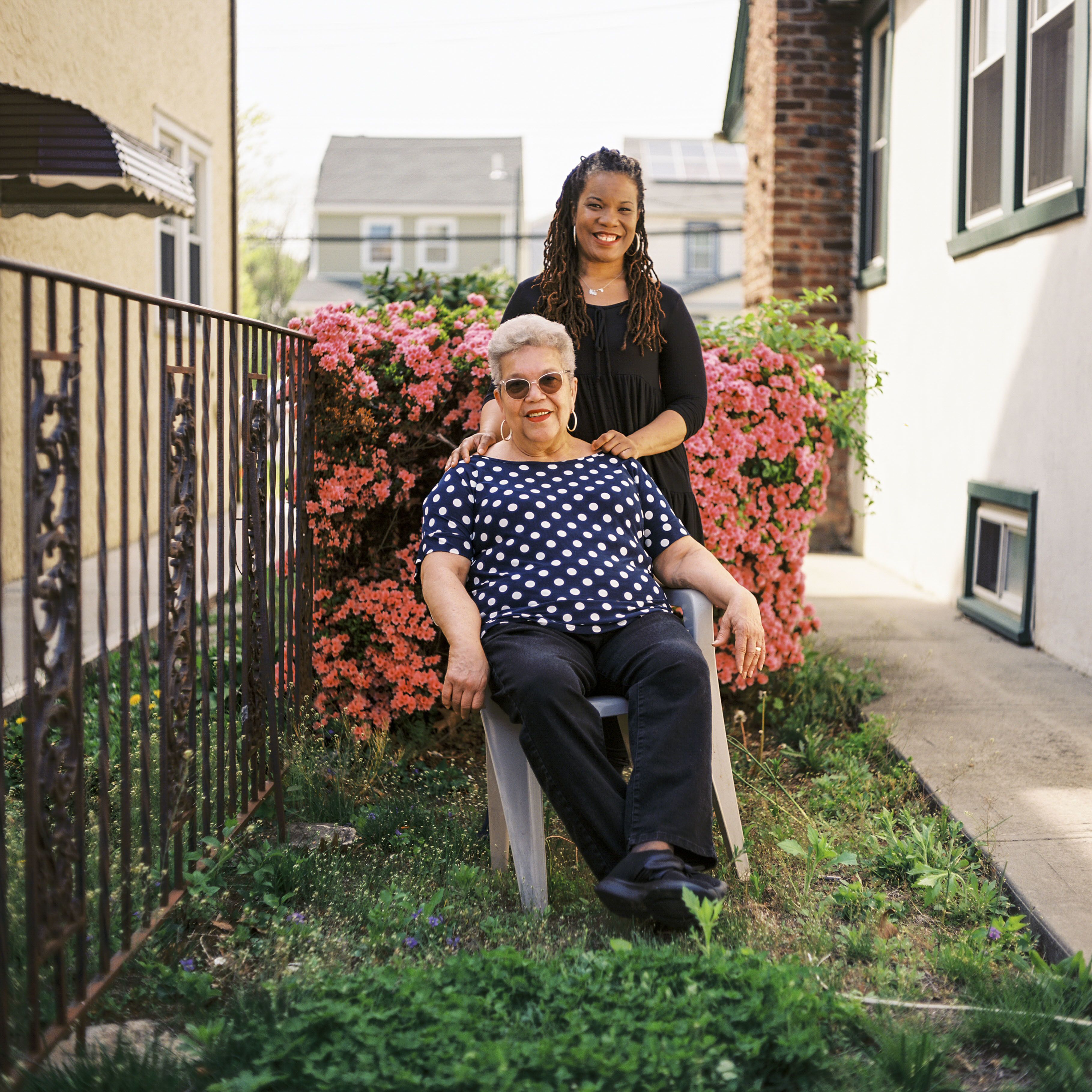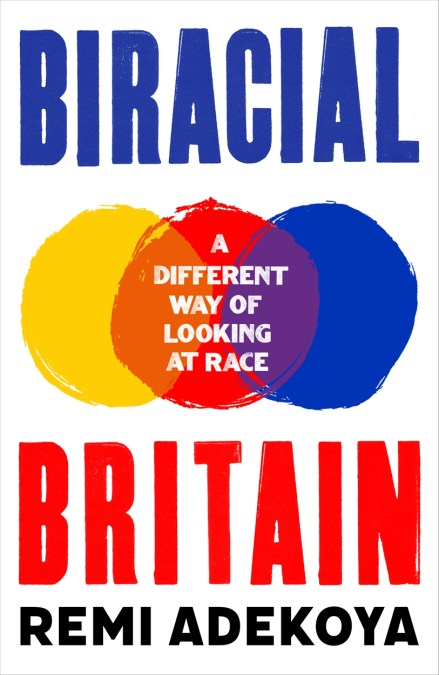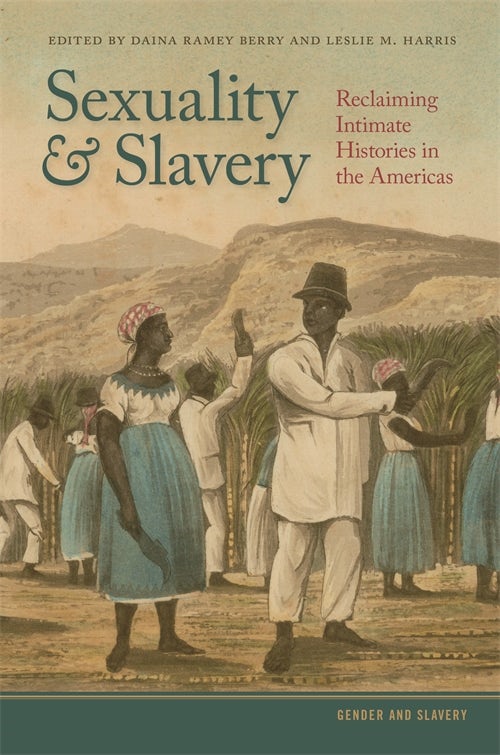Pauli Murray Should Be a Household Name. A New Film Shows Why.Posted in Articles, Biography, Book/Video Reviews, Gay & Lesbian, Law, Media Archive, Politics/Public Policy, Social Justice, United States, Women on 2021-09-20 16:49Z by Steven |
Pauli Murray Should Be a Household Name. A New Film Shows Why.
The New York Times
2021-09-15
 A scene from “My Name Is Pauli Murray.” The documentarian Betsy West, who made the film with Julie Cohen, said, “We just thought, why didn’t anybody teach us about this person?” Amazon Studios |
The lawyer, activist and minister made prescient arguments on gender, race and equality that influenced Thurgood Marshall and Ruth Bader Ginsburg.
When the lawyer, activist, author and educator Pauli Murray died in 1985 at the age of 75, no obituary or commemoration could contain all of her pathbreaking accomplishments. A radical and brilliant legal strategist, Murray was named a deputy attorney general in California — the first Black person in that office — in 1946, just a year after passing the bar there. Murray was an organizer of sit-ins and participated in bus protests as far back as the 1940s, and co-founded the National Organization for Women. Murray was also the first Black woman to be ordained an Episcopal priest. In 2012, she was sainted.
Murray has been saluted in legal, academic and gender-studies circles, and in the L.G.B.T.Q. community. But her overarching impact on American life in the 20th and now 21st centuries has not been broadly acknowledged: the thinking and writing that paved the way for Brown v. Board of Education; the consideration of intersectionality (she helped popularize the term “Jane Crow”); the enviable social circle, as she was a buddy of Langston Hughes and a pen pal of Eleanor Roosevelt, and worked on her first memoir alongside James Baldwin at the MacDowell Colony in the first year it allowed Black artists.
Murray was devoted to feminism and the rights of women even as, it turned out, she privately battled lifelong gender identity issues. She should be a household name on par with Gloria Steinem or Ruth Bader Ginsburg, both of whom cited her work often. Instead Murray is an insider’s civil rights icon.
Now a documentary, “My Name Is Pauli Murray,” aims to introduce Murray to the masses. Made by the same Academy Award-nominated filmmakers behind the surprise hit “RBG,” it uses Murray’s own voice and words as narration, drawn from interviews, oral histories and the prolific writing — books, poems and a collection of argumentative, impassioned and romantic letters — that Murray meticulously filed away with an eye toward her legacy. And the film arrives at a moment when the tenacious activism of people of color, especially women, is being re-contextualized and newly acknowledged, at the same time that many of the battles they fought are still raging…
Read the entire article here.


